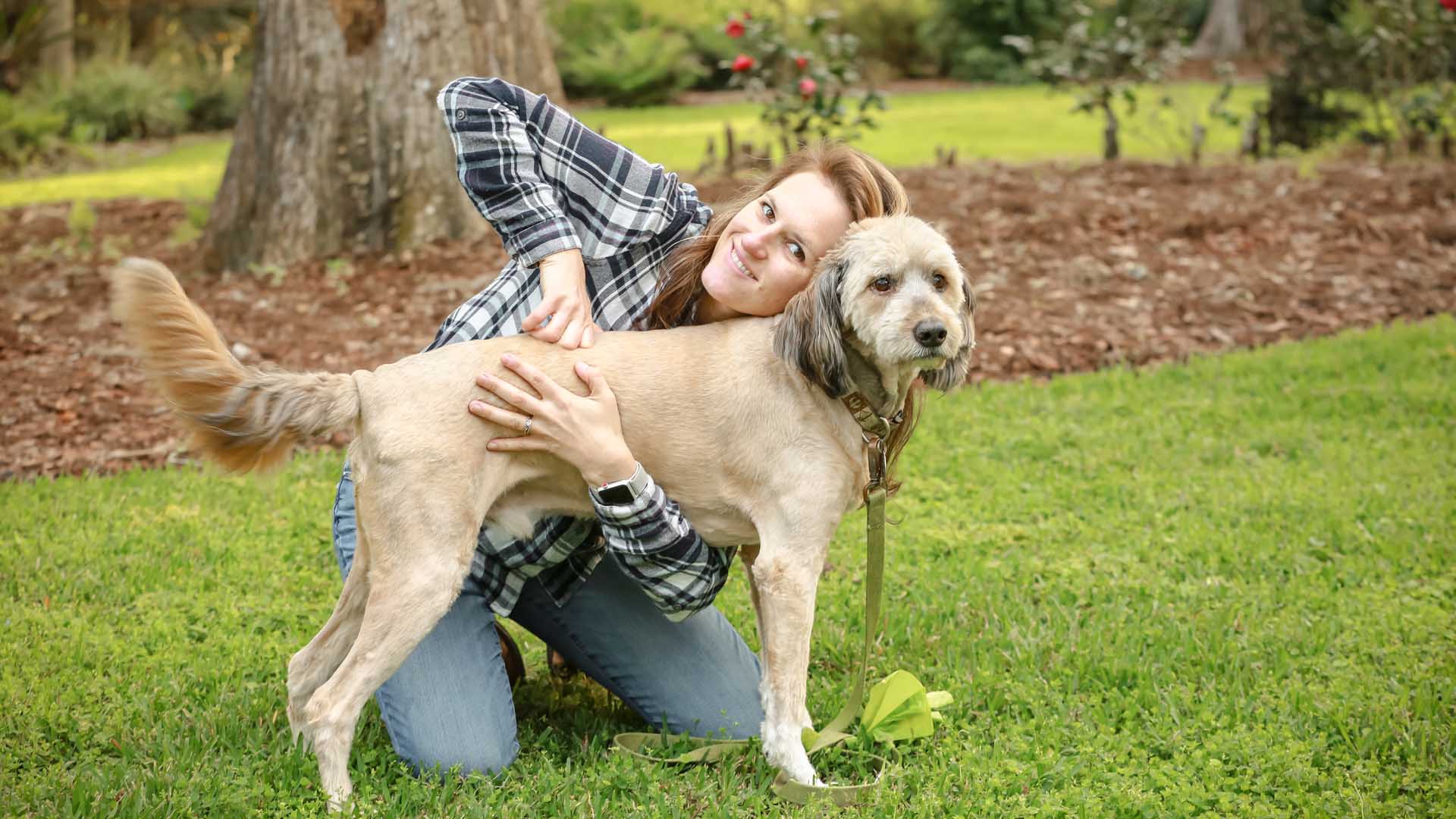If there’s a mantra in the world of equestrian sports, it might be this: “fit is everything.” Just as a well-tailored outfit can make the difference between comfort and discomfort for us humans, a properly fitted saddle can significantly impact a horse’s performance and the rider’s effectiveness. As we welcome the spring and summer in Florida, let’s discuss the importance of correctly fitting European style saddles and explore ways to achieve that perfect saddle fit.
The Impact of a Poorly Fitted Saddle
A saddle that doesn’t fit properly can cause discomfort, limit movement, and even result in physical damage over time. For the horse, this can lead to poor performance, behavioral issues, and health problems like muscle atrophy or pressure sores. For the rider, an ill-fitting saddle can lead to improper posture, discomfort, and less effective communication with the horse.
How to Fit a Saddle: Traditional and Technological Methods
Traditionally, fitting a saddle involves hands-on measurement of the horse’s back and withers. It’s also crucial to observe the saddle in action – with the rider on board – to assess movement, balance, and overall fit.
In addition to the traditional method, technology has introduced advanced tools such as digital pressure pads, which can give a detailed image of the pressure distribution under the saddle. This technology can help identify areas of excessive pressure that may be invisible to the naked eye, allowing for a more precise fit.
Spring and Summer Saddle Fitting Considerations in Florida
As the seasons change, so do our horses. In spring and summer, horses may gain or lose weight, affecting saddle fit. Warm Florida weather can also lead to increased sweating, which can cause slippage if the saddle is not properly fitted. It’s essential to check the fit of your saddle as the seasons change and make necessary adjustments.
Signs of an Improperly Fitted Saddle
Watch out for these signs that your saddle may not be fitting correctly:
Uneven pressure marks or rubbing on your horse’s coat
Behavioral changes, like pinned ears or tail swishing, when saddling or riding
Rider discomfort or difficulty maintaining proper riding position
The saddle moving excessively or sliding side to side during motion
When to Consult a Professional
While it’s beneficial to understand the basics of saddle fitting, there’s no substitute for professional expertise. Philip and Kerstin Guenther, owners of Equine Saddle Fit, come highly recommended. With years of experience, they have the knowledge and skills to ensure the best fit for your horse. You can reach them at 352-613-6229 or via email at hello@equine-saddlefit.com.
A well-fitted saddle is an investment in your horse’s health, your performance as a rider, and the overall enjoyment of your equestrian pursuits. As we saddle up for the upcoming sunny seasons in Florida, let’s prioritize proper saddle fitting to ensure both horse and rider can perform their best. After all, equestrian sports are about the harmony between horse and rider, and nothing enhances that harmony more than comfort and balance.

